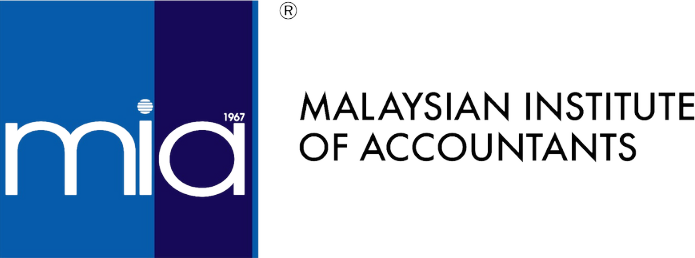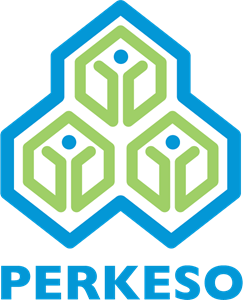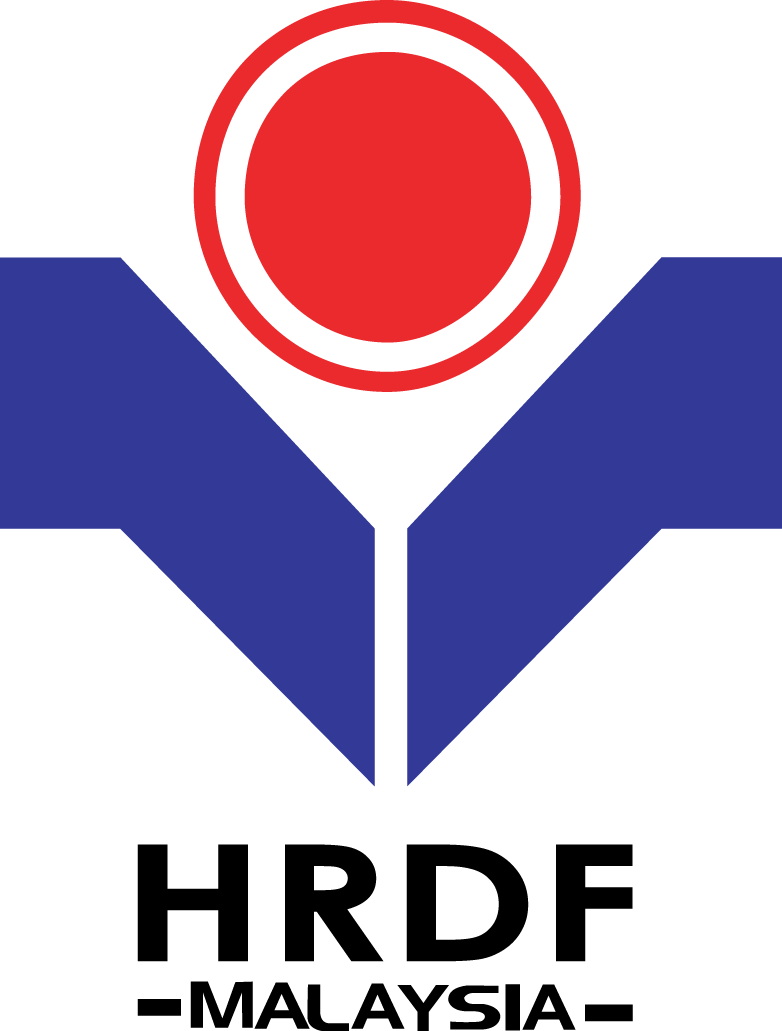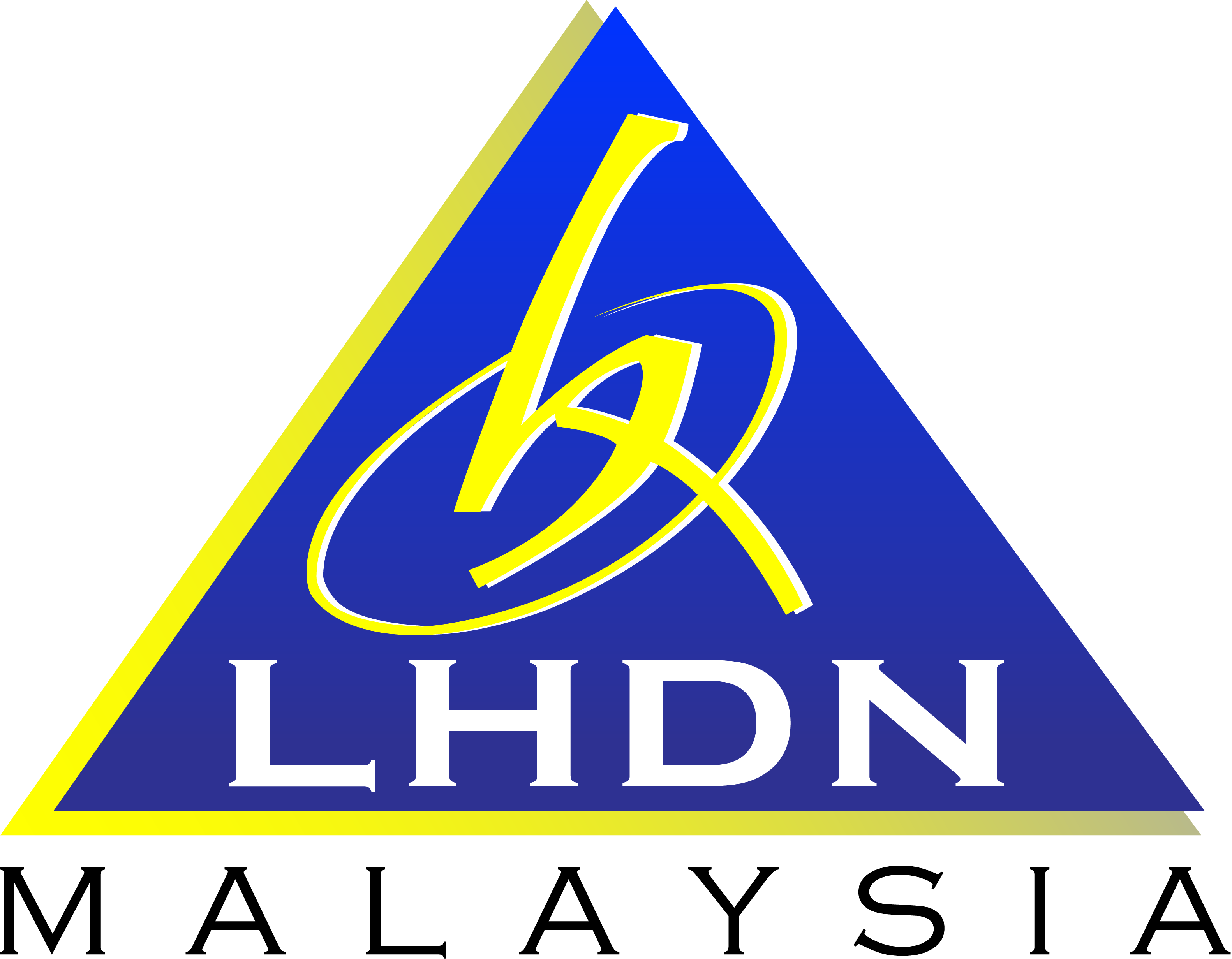Managing EPF, SOCSO, and EIS contributions is a crucial responsibility for Malaysian employers. These statutory contributions ensure employees are protected in retirement, during unemployment, and against workplace injuries or disabilities. However, understanding and calculating these contributions can be challenging for many businesses.
In this guide, we’ll break down the requirements, rates, and processes for EPF, SOCSO, and EIS contributions in Malaysia, helping you stay compliant and informed.
1. What is the Employees Provident Fund (EPF)?
The Employees Provident Fund (EPF) is a mandatory retirement savings scheme for employees in Malaysia. Both employers and employees contribute a percentage of the employee’s monthly salary to their EPF account.
Contribution Rates
- Employer Contribution:
12% or 13% (depending on the employee’s monthly wage). - Employee Contribution:
11% of the employee’s monthly wage (deducted from their salary).
Submission Process
Employers must:
- Register their employees with EPF upon hiring.
- Submit contributions via the EPF i-Akaun Portal by the 15th of each month.
2. What is SOCSO (Social Security Organisation)?
SOCSO provides social security protection for employees through two main schemes:
- Employment Injury Scheme:
Covers workplace accidents, injuries, and occupational diseases. - Invalidity Scheme:
Offers benefits for permanent disability or death unrelated to work.
Contribution Rates
- Contributions are based on the employee’s monthly wages, following the SOCSO Contribution Table.
Submission Process
Employers must register employees with SOCSO and submit monthly contributions via the Perkeso Portal by the 15th of each month.
3. What is the Employment Insurance System (EIS)?
The Employment Insurance System (EIS) is designed to support employees who lose their jobs. It provides temporary financial assistance, job search support, and training programs.
Contribution Rates
- Employer Contribution:
0.2% of the employee’s monthly wages. - Employee Contribution:
0.2% of the employee’s monthly wages (deducted from their salary).
Submission Process
EIS contributions are submitted together with SOCSO payments through the Perkeso Portal.
4. Key Responsibilities of Employers
Employers in Malaysia must:
- Register Employees:
Ensure all eligible employees are registered with EPF, SOCSO, and EIS upon hiring. - Calculate Contributions Accurately:
Use the official contribution tables to determine the correct amounts. - Submit Contributions On Time:
Contributions for all three schemes are due by the 15th of the following month. - Provide Pay Slips:
Include clear details of employee deductions and employer contributions. - Keep Records:
Maintain payroll records for audit and inspection purposes.
5. Penalties for Non-Compliance
Failing to comply with statutory obligations can result in:
- Fines, interest charges, or imprisonment under Malaysian labor laws.
- Legal action by regulatory bodies such as EPF and SOCSO.
Simplify Statutory Contributions with Amaze Payroll
Handling EPF, SOCSO, and EIS contributions can be time-consuming and prone to errors. At Amaze Payroll, we specialize in:
- Accurate calculation and submission of statutory contributions.
- Ensuring compliance with Malaysian labor laws and regulations.
- Reducing administrative burdens so you can focus on growing your business.
Outsource your payroll to Amaze Payroll and enjoy peace of mind knowing your statutory obligations are expertly managed.
Conclusion
Understanding EPF, SOCSO, and EIS contributions in Malaysia is essential for every employer. By staying compliant and managing these contributions effectively, you can avoid penalties and create a secure environment for your employees. If managing payroll feels overwhelming, consider outsourcing to experts like Amaze Payroll for seamless and compliant payroll management.
Disclaimer
The information provided in this article is intended for general informational purposes only and may not reflect the most current regulations or legal developments. Payroll laws and requirements in Malaysia are subject to change, and we recommend consulting with a professional or official government resources for the latest updates. Amaze Payroll is not liable for any inaccuracies or actions taken based on this article.









